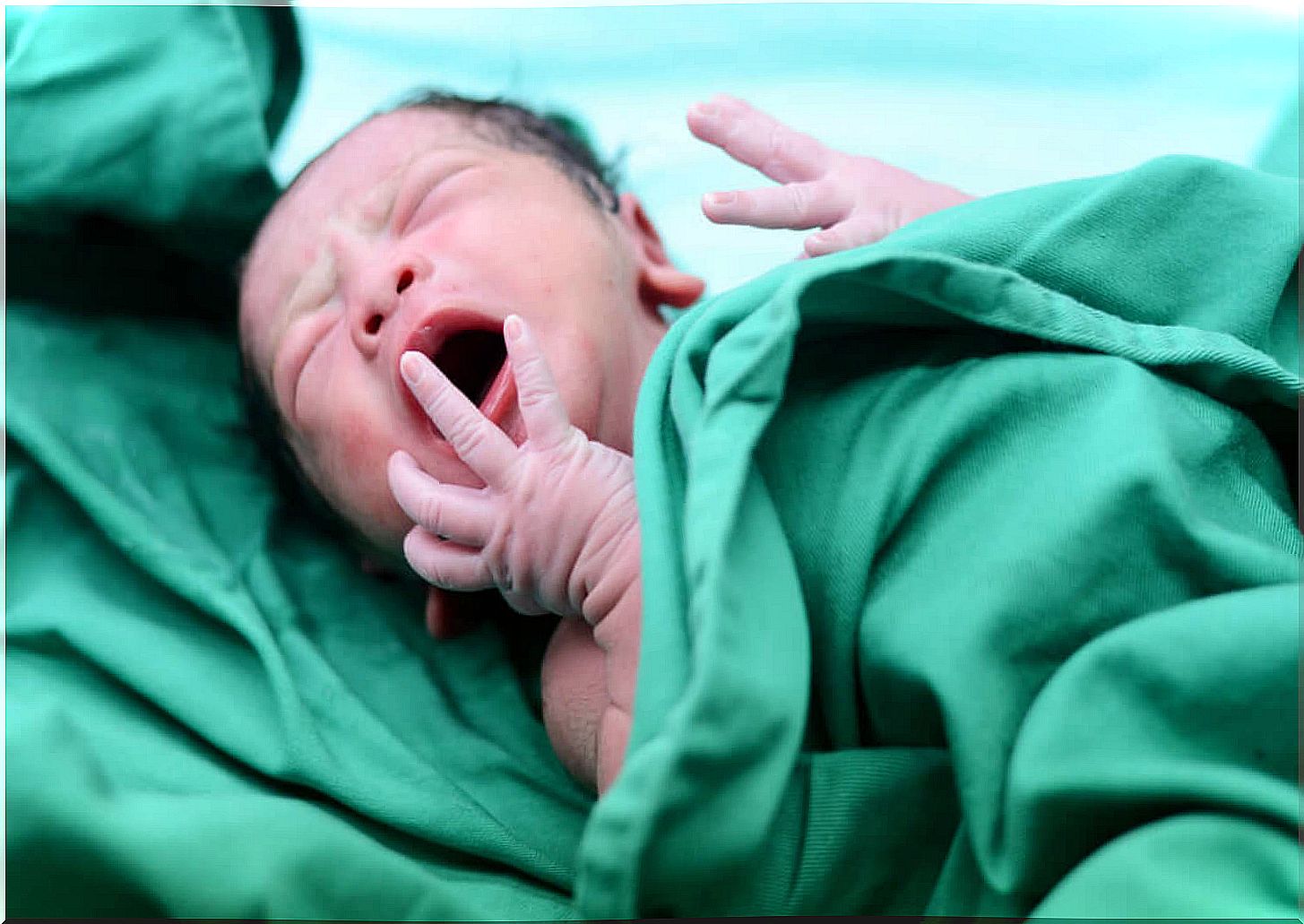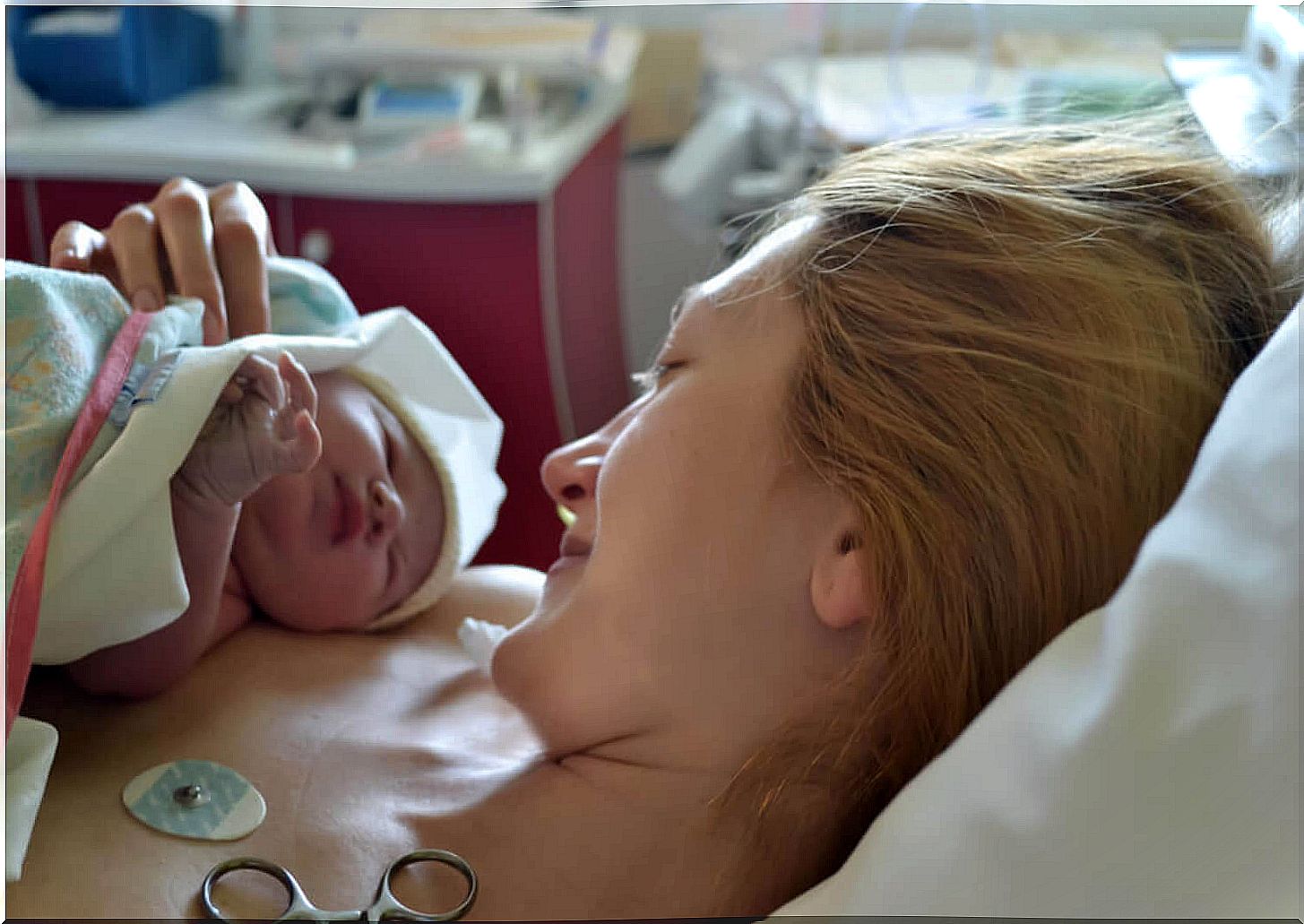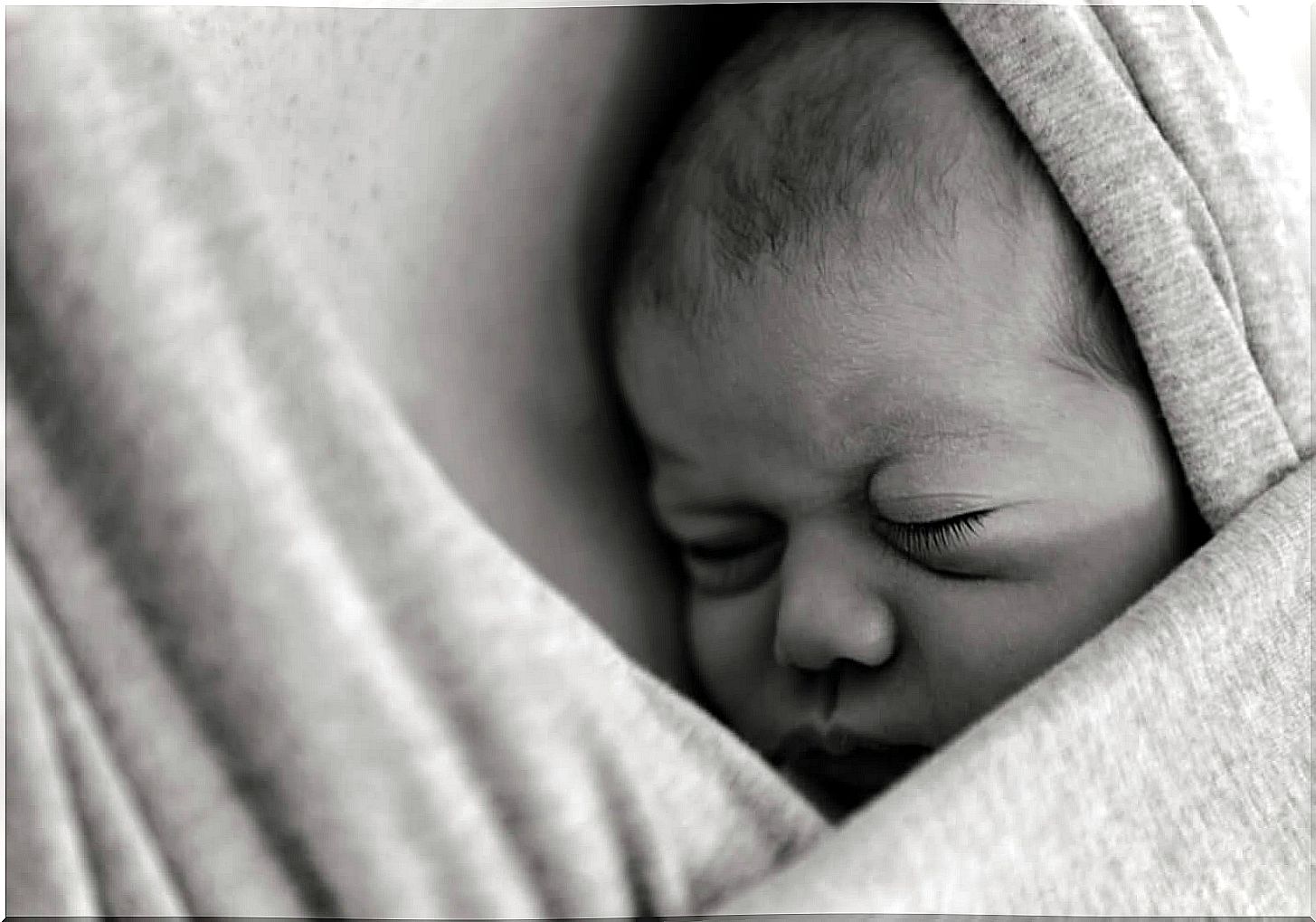Neonatal Sepsis: Causes And Sequelae

Neonatal sepsis consists of the invasion of the newborn’s blood by microorganisms. Commonly, these microorganisms are usually different types of bacteria. Although it is a condition that can affect anyone, there are two particularly vulnerable population groups. These are newborn babies, and old people.
Neonatal sepsis produces a picture with very nonspecific and varied symptoms, especially in babies. To this we must add the difficulty that the baby still does not know how to express what is happening to him. In any case, it is a serious condition that can quickly lead to the failure of some organs and death. For this reason, we must be alert to any sign of alarm that our baby presents. Here we tell you everything you need to know about neonatal sepsis.
What is neonatal sepsis?
As we have mentioned, sepsis is the infection of a person’s blood by microorganisms. When we talk about neonatal sepsis, we refer to this infection in newborns, specifically, in newborns less than three months old.
Babies of this age are an especially vulnerable group, since their immune system is not yet mature, so it cannot defend itself in the same way against infections as the immune system of a healthy adult.

Some classifications divide neonatal sepsis in two. On the one hand, there would be early neonatal sepsis, which would occur in the newborn baby less than a week old. On the other hand, we would find late neonatal sepsis, in children from one week to 3 months of age.
What are the causes of neonatal sepsis?
The way in which the infection is acquired and the microorganisms involved are different between the two types of neonatal sepsis.
As for early neonatal sepsis, the most common is that the newborn acquires the infection during delivery. This is because the mother is infected by some microorganism, which will pass to the baby at the time of delivery when certain structures of both come into contact.
In these cases, the most commonly implicated bacteria would be E. coli and group B streptococcus (GBS). The latter has decreased in prevalence, since the mother is monitored throughout the pregnancy to prevent her from reaching the birth infected and can pass it to the fetus. There are many other organisms that may be involved in early neonatal sepsis.
On the other hand, in late-onset neonatal sepsis, the microorganisms that are normally present are usually staphylococci and, as in early sepsis, E. Coli.
This type of infection, unlike the early ones, is acquired in the first weeks of life. Typically, this occurs in premature babies born with extremely low weight or in babies who, for whatever reason, have to wear lines or catheters for a while.
What are your symptoms?
Babies, especially newborns with a few days or a week of life, usually present very nonspecific symptoms when they suffer from a disease. The case of neonatal sepsis is no exception. Some of the most common symptoms are
- Baby decay. We can notice this by noting that it makes fewer movements. It also decreases the suction force of the nipple when breastfeeding. You may be more sleepy.
- Lack of appetite and lack of appetite.
- Irritability and crying.
- Alteration of the heart rhythm, which can be accelerated or slow.
- Shortness of breath
- Changes in body temperature. Some children have a fever, while others may become hypothermic.
Diagnosis
The diagnosis is based on the suspicion from the clinic and the baby’s condition, and on some complementary tests. The most useful complementary tests when studying sepsis are
- Blood analysis. Different parameters of the blood are studied that are altered when the organism suffers an infection. It is faster, but less specific.
- Blood culture. It is based on a blood draw from the baby. This blood is cultured to see if any microorganisms are present in it. In addition, you can analyze which antibiotic will work best.
- Lumbar puncture. It is the same as the blood culture, but, in this case, what is analyzed is the cerebrospinal fluid.
- Urine culture.

Treatment and prognosis of neonatal sepsis
Neonatal sepsis is a very serious condition. In a few hours, if the infection is not controlled, it can lead to failure of vital organs and, with it, the death of the baby. This is why it is extremely important to know how to identify and diagnose the condition as soon as possible to treat it.
Treatment is based on antibiotics. It is necessary to know which germ is responsible for the infection in order to establish the most appropriate and specific treatment. In some cases, if the infection is severe and progresses rapidly, it will be treated with an antibiotic that covers most of the microorganisms until the results of the culture are in and can be treated with the most suitable one.
The prognosis for sepsis is dire. Being produced by different microorganisms, some cases will be faster and fulminant and others more benign. For this reason, the mortality of neonatal sepsis ranges between 3 and 40%.
If the baby exceeds the frame, it may be without any sequelae or some of them may remain. The most common may be, for example, cognitive impairment in the child that affects their development or dysfunction of any of the organs that have been affected.
The most important thing is to recognize any warning signs in the baby and go immediately to the emergency room. Sepsis is a potentially serious condition that can progress very quickly and have serious consequences for the baby.










